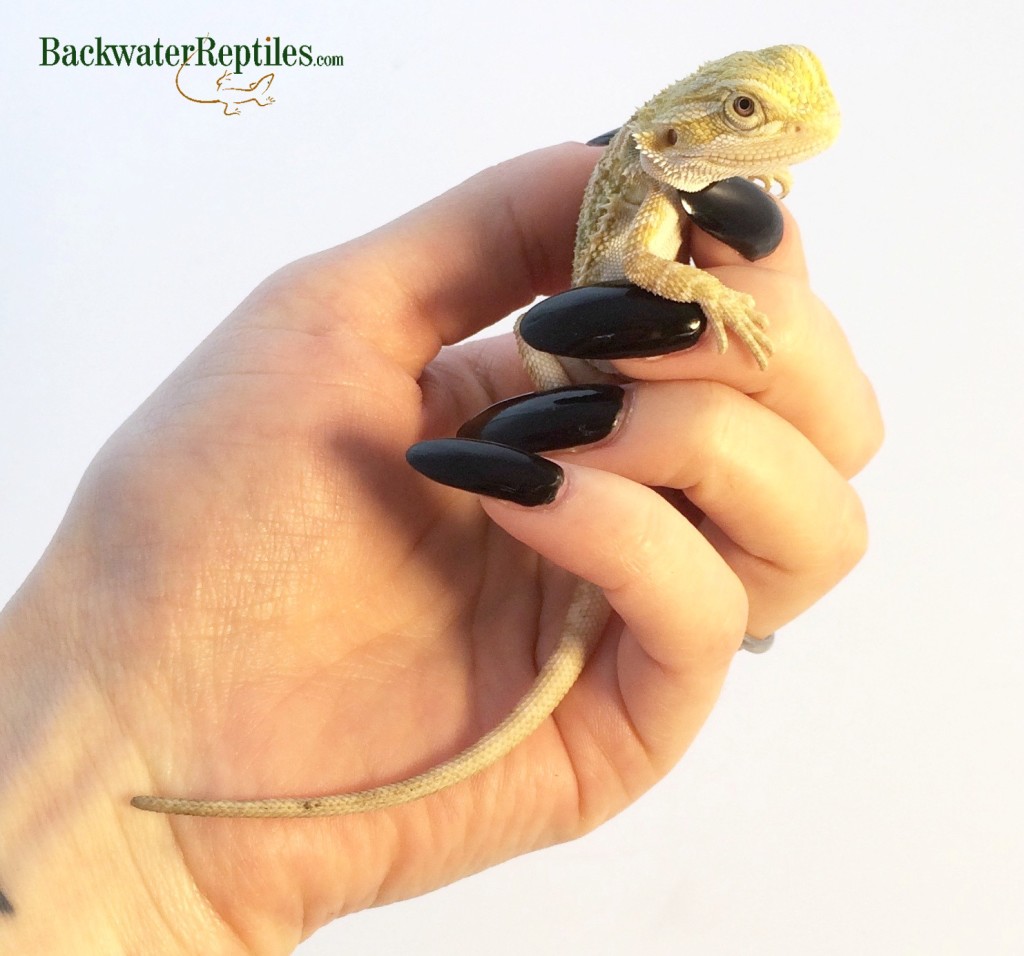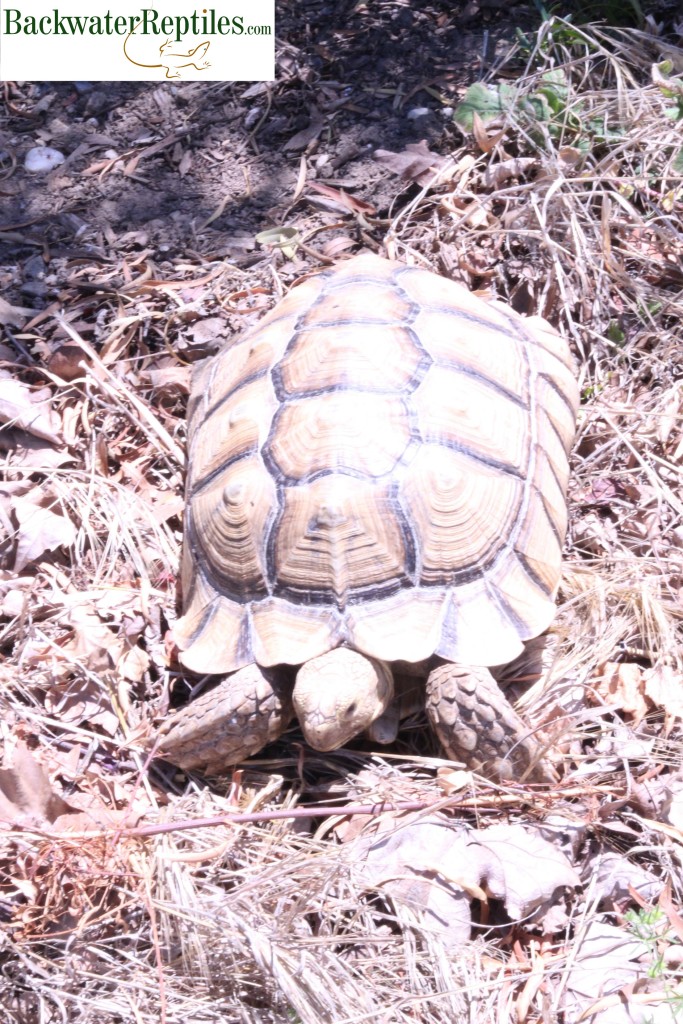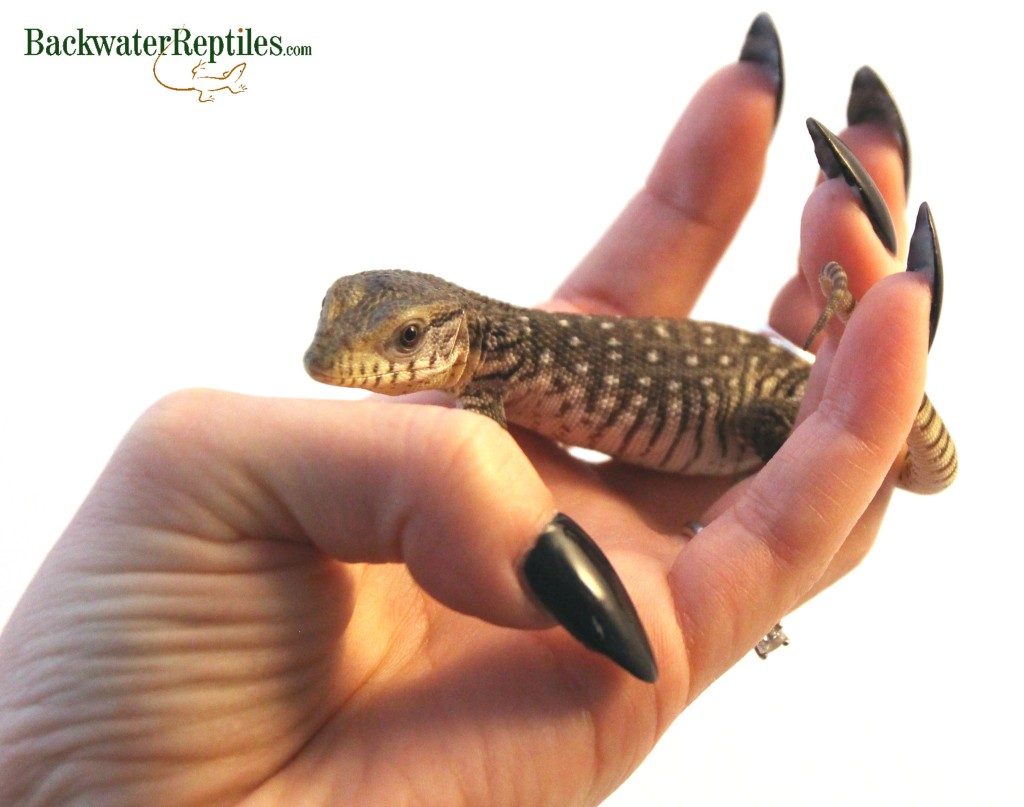Although Bimini Blind Snakes and their other blind snake relatives are not the most interactive or involved pet reptiles, they are most certainly interesting and somewhat uncommon in the pet world.
Relatively little is known about these tiny snakes, but this blog article will discuss how we care for them at Backwater Reptiles.
Bimini Blind Snake Description
If you weren’t paying close attention, you could easily mistake any of the species of small blind snakes for earthworms. In fact, the main feature that distinguishes blind snakes from worms is that blind snakes do not have segmented bodies. They are reptiles and therefore possess scales instead of segments.

Blind snakes are approximately the same size as a night crawler worm and can be anywhere from two and a half to six inches in length when full grown. They can be several different colors including shiny, silvery grey, purple, or dull charcoal.
You’ll have to look very closely at a blind snake to determine which end is the head and which is the tail as both ends look very similar. The head does however have tiny eyes which are protected underneath translucent scales. These protective scales are actually what renders the snake blind, allowing it to only sense light intensity but not form images.
Fun fact: blind snakes are parthenogenetic and do not reproduce sexually. All known species collected have been female and all offpsring produced are identical females.
Blind snakes are also very similar to worms as far as temperament is concerned. They are not fast snakes that strike or bite. Their main defense mechanism is to burrow, hide, or run away. Ultimately, this means that keeping a pet blind snake will be a lot like keeping a pet earth worm. Your blind snake will not be very interactive and would prefer to be left alone, but you can hold it if you desire.
Bimini Blind Snake Care
Because blind snakes are not commonly kept as pets, their care regiments and requirements vary from keeper to keeper. We’ve found that the methods listed below work best for us.

Blind snakes have a tendency to hide or burrow and we always provide a moist substrate such as organic potting soil to facilitate this behavior. If you want to see your blind snake emerge from hiding, we do recommend placing something such as a “tented” moist paper towel or another similar light, small hiding place above ground.
The size of the blind snake’s enclosure will vary based on the size of the snake. But in most cases, even a ten gallon tank is not necessary. The smaller snakes will be just fine in a large glass jar.
Blind snakes are tropical, so we do provide a temperature gradient by heating one side of the enclosure with a heat bulb. The temperature should be anywhere from 75 to 80 degrees Fahrenheit. Because blind snakes do tend to hide, we’ve never really worried about exposure to UV rays, but if you do happen to notice your blind snake emerging from underground a lot, it might be wise to provide a UV light for basking purposes. We’ve heard that some actually do enjoy basking – it varies from subspecies to subspecies.
Bimini Blind Snake Feeding
We bet you’re wondering what on earth such a small snake could eat. Obviously the normal snake diet of mice isn’t appropriate.
In the wild, blind snakes eat mostly small invertebrates such as termites, ants, small beetles, small worms, and larva. They’ve also been known to consume caterpillar feces while living in garden flowerpots.
In captivity, we recommend feeding your blind snake termites or ants as these are the most commonly available feeder insects of an appropriate size. However, if you have access to a garden with aphids and other small insects and larvae, you can actually harvest your own food.

Conclusion
Because Bimini blind snakes are indeed very similar to earth worms, many people might not think twice about keeping one as a pet. And while it is certainly true that they’re small, unobtrusive, and maybe even somewhat boring, they can still make rewarding pets.
Blind snakes don’t require a lot to stay happy. They are extremely low maintenance and we think they make great starter pets for kids.












